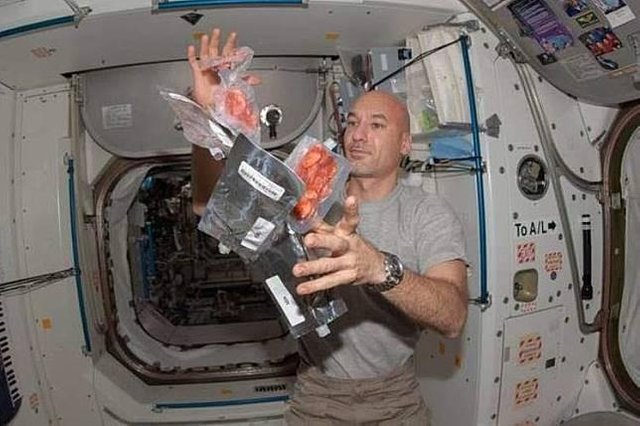In order to Survive in Space, Astronauts Utilize Self Dirt

Exploring space is not an easy matter. Especially concerning the basic needs of astromons such as eating and drinking.
There are many obstacles that astronomers have to deal with. Like space rides that do not have enough space to accommodate a variety of food in a mission that is quite far such as to Mars for example.
Another obstacle, the weight of food can encourage greater use of rocket fuel. The tip is additional travel expenses.
Growing groceries with a hydroponics system may be an option. But the constraint takes time and energy. This choice will collide with the resources of the spacecraft.
To outsmart, emerged an interesting alternative that is to process the dirt from astronomers into something that can be consumed. Previously recycled urine has been successfully performed and placed in the international space station (ISS).
The team of scientists from Pennsylvania State University has taken a step forward to realize the idea. They discovered how to use microbes to destroy solid and liquid waste very quickly.
The researchers claim their findings can minimize the development of pathogens. In addition, the remaining substances can be used in space food. This is as described in a journal published in Life Science in Space Research, November 2017.
"It's a bit weird, but the concept will be a bit like Marmite or Vegemite where you eat a 'sticky microbe' spread," said scientist who studied the earth, Christopher House told Science Alert on Tuesday (30/1/2018).
Scientists say the impurities have been modified by industry standards, where they combine them with certain microbes in a 1.22 meter (4 ft) cylinder system.
This process is called anaerobic digestion which is similar to the process of food processing in the human intestine that does not require oxygen.
Methane produced during anaerobic digestion is transferred to another microbe, Methylococcus capsulatus. These bacteria have been used by industry in producing supplements or biomass for animal feed.
Using 52 percent protein and 36 percent fat, the biomass produced with methane will be devoured by M. capsulatus.
To reduce the possibility of harmful pathogens developing during the conversion, scientists grow other beneficial microbes in alkaline and high temperature environments. It's useful to remind bacteria and viruses to survive under these conditions.
Simply put, the conversion system developed is similar to the filter in the aquarium to remove fish debris.
"We use materials from the commercial aquarium industry but adapt them to methane production," says House.
"On the surface of the material is a microbe that takes solid waste from the stream and converts it into fatty acids, which are converted into methane gas by a different set of microbes on the same surface."
During the test, the team released 49-59 percent of the solids for 13 hours. This travel time is claimed much faster than previous waste treatment.
Unfortunately, these products are not yet fully ready to use. It is still necessary to adjust the formula to be ready for use in space.
"Imagine if someone fixes our system so you can get 85 percent carbon and nitrogen from waste into proteins without having to use hydroponics or artificial light," House said.
"It will be a fantastic development for space travel."
Researchers say by recycling the dirt from within the body alone it can help astronauts to keep consuming nutrients and nutrients on long journey missions.